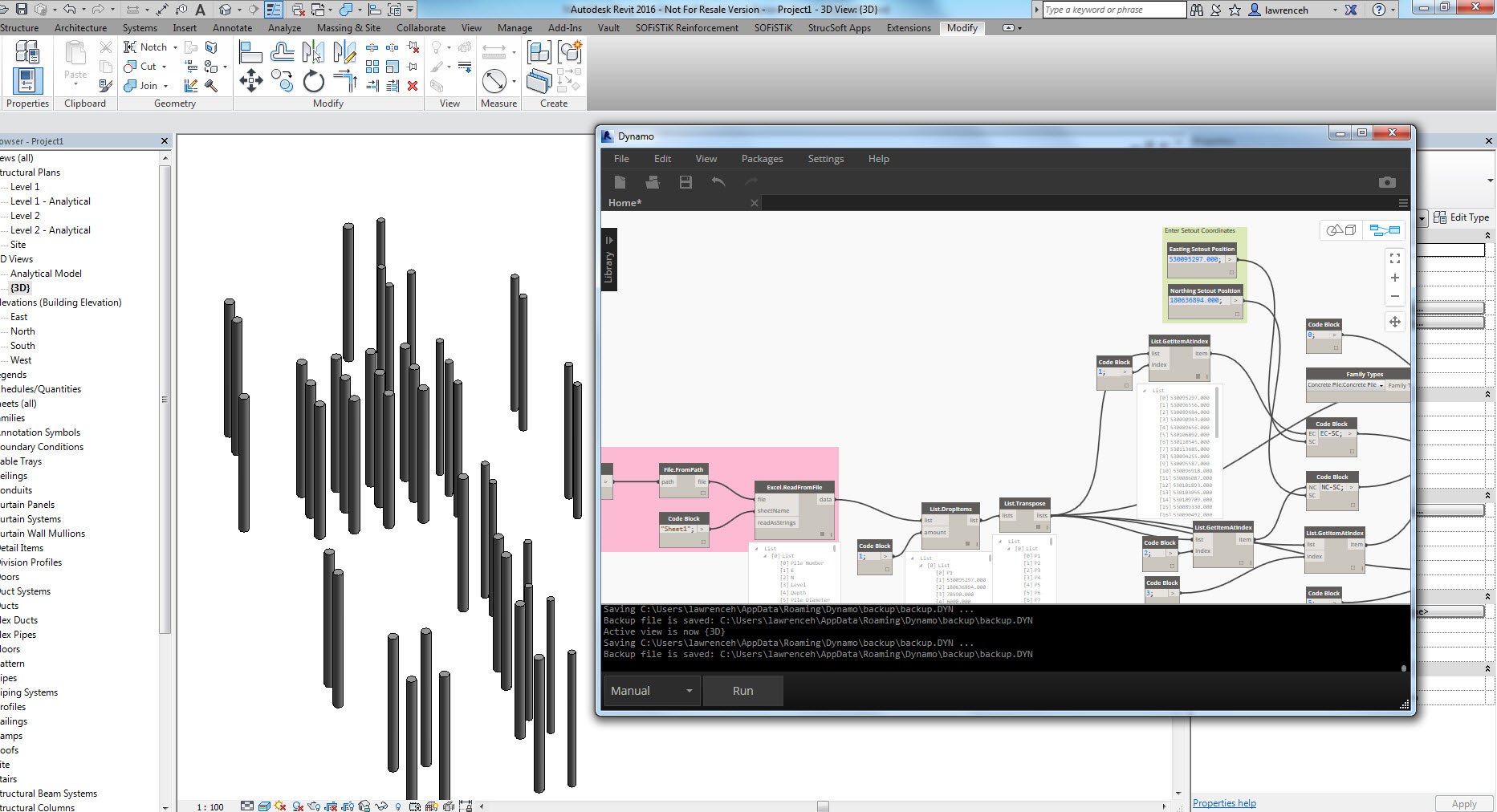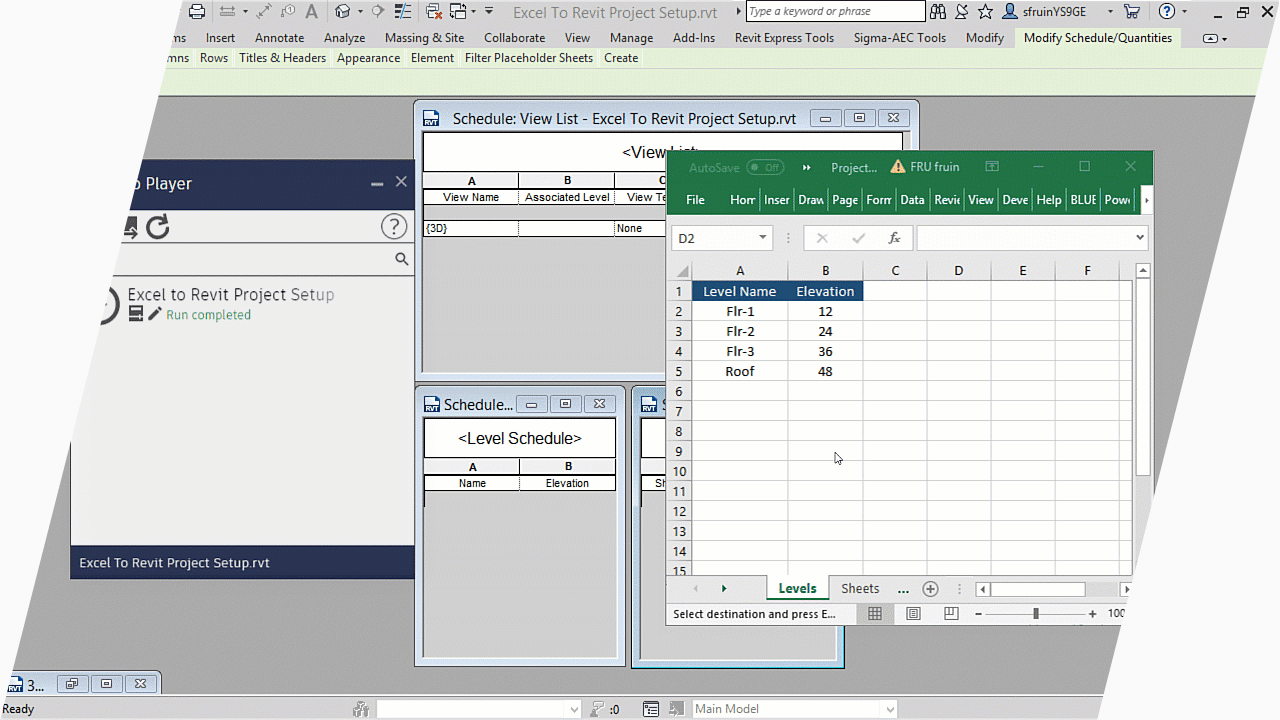Maximize Your Workflow with Revit Add Ins and Plugins
Excel Empowerment: Supercharge Your Revit Projects With Seamless Information Import
With smooth information import, Excel empowerment can be the trick to unlocking your task's complete potential. Imagine simplifying the import procedure and optimizing efficiency via seamless information combination. In this article, we will certainly share ideas and tricks for making use of Excel in your Revit jobs.
The Power of Master Revit Projects
You can supercharge your Revit jobs by harnessing the power of Excel for smooth data import. Excel is a functional tool that can substantially improve your operations and efficiency in Revit (revit add ins). With Excel, you can easily import and manage large quantities of information, saving you time and effort
One of the crucial benefits of utilizing Master Revit is its ability to deal with intricate calculations and solutions. You can make use of Excel to carry out computations on your information, such as generating amounts, determining prices, or evaluating efficiency. This can be specifically helpful when collaborating with large projects that need considerable calculations.

On top of that, Excel provides a familiar and easy to use interface for functioning with information. You can organize and control your information in a spread sheet layout, making it easy to see and modify. This can be specifically useful when working together with others or when you require to make quick modifications to your job information.
In addition, Excel allows you to easily import and export data between Revit and other software applications. You can import data from external sources into Revit, such as material specifications or equipment schedules, and export data from Revit to Excel for further evaluation or coverage.
Streamlining Information Import With Master Revit
When utilizing Excel as a tool,Improving data import in Revit becomes easier. With Excel, you have the power to seamlessly import and take care of huge quantities of data in your Revit projects. By utilizing the acquainted user interface and performance of Excel, you can save time and increase performance in your operations.
One of the crucial advantages of making use of Excel for information import in Revit is the capability to easily arrange and control data before importing it right into your job. With Excel's powerful features, such as arranging, filtering, and formulas, you can promptly cleanse up and format your information to satisfy the requirements of your Revit task.
Moreover, Excel enables you to import information from different sources, such as data sources, spread sheets, or perhaps online applications. This versatility gives you the liberty to gather information from different systems and combine it into one main location for very easy gain access to and management.
Additionally, Excel supplies the option to produce customized layouts for data import in Revit. By producing layouts customized to your task's certain demands, you can ensure uniformity and accuracy in your data import procedure.
Total, utilizing Excel as a tool for data import in Revit simplifies the procedure and enhances your efficiency. Why not take advantage of this effective device and supercharge your Revit tasks with smooth data import utilizing Excel?
Taking Full Advantage Of Performance With Seamless Information Combination
Take full advantage of efficiency by effortlessly integrating and handling information in your operations. Gone are the days of by hand inputting data right into your system, throwing away precious time and sources. With seamless information combination, you can enhance your procedures and supercharge your efficiency.

Managing information becomes a wind when you have a seamless assimilation system in place. You can conveniently organize and categorize your data, making it less complicated to get and evaluate. Claim goodbye to the days of undergoing limitless spreadsheets for that a person item of information you require.

Excel Advice for Revit Projects
With these methods and tips, you'll be able to successfully handle your Revit projects utilizing Excel. Among the first things you can do is to utilize Excel's effective sorting and filtering functions. This will certainly permit you to quickly organize and examine your task data. You can sort components by their names or filter them based on details criteria, such as their status or place. One more beneficial attribute is the ability to create formulas in Excel. You can use formulas to determine quantities, do intricate estimations, and also automate particular jobs. This can conserve you a lot of time and effort in your Revit projects. Additionally, you can use Excel to create customized design templates for data import and export. By doing this, you can make sure uniformity and accuracy when transferring data between Revit and Excel. Lastly, do not forget Excel's conditional format attribute. You can utilize this to highlight particular components or check worths based upon particular problems. This can aid you swiftly determine and deal with any concerns or abnormalities in your task data. Overall, grasping these Excel tricks and pointers will significantly improve your capability to handle and control data in your Revit tasks.
Using the Excel-Revit Link for Success
To take advantage of your Excel-Revit connection, take benefit of the capacity to effortlessly transfer and integrate task details. By using this powerful link, you can supercharge your Revit projects and improve your workflow. With just a few easy actions, you can import data from Excel straight into Revit, conserving you time and making sure precision.
Among the vital benefits of the Excel-Revit connection is the capability to transfer data flawlessly. Whether you are importing schedules, space information, or also geometry info, Excel supplies a straightforward interface that enables you to arrange and manipulate your data prior to importing it right into Revit. This indicates you can conveniently upgrade and modify your task details in Excel, and with a few clicks, transfer those changes directly into your Revit version.
Along with transferring data, the Excel-Revit link also permits synchronization. This means that any type of modifications made in Excel can be immediately updated in Revit, ensuring that your task details is always up to day. This synchronization function is specifically beneficial when taking care of intricate and huge projects, as it gets rid of the requirement for hand-operated information entry and decreases the risk of errors.
Verdict
So there you have it - the power of Master Revit projects can not be undervalued. By enhancing information import and taking full advantage of efficiency with seamless information combination, you can supercharge your jobs and attain success. With the Excel-Revit link, you have the devices to take your jobs to the next level and attain amazing results. Don't wait any type of longer, begin utilizing the power site link of Excel in your Revit projects today and unlock a globe of possibilities.
You can supercharge your Revit tasks by taking advantage of the power of Excel for seamless information import. With Excel, you have the power to effortlessly import and manage huge quantities of data in your Revit tasks (import excel into revit). On the whole, grasping these Excel techniques and tips will substantially see this improve your capacity to handle and manipulate data in your Revit projects
Whether you are importing routines, room information, or even geometry info, Excel provides a straightforward interface that permits you to organize and control your information before importing it right into Revit. By improving information import and taking full advantage of performance with smooth data integration, you can supercharge your projects and accomplish success.